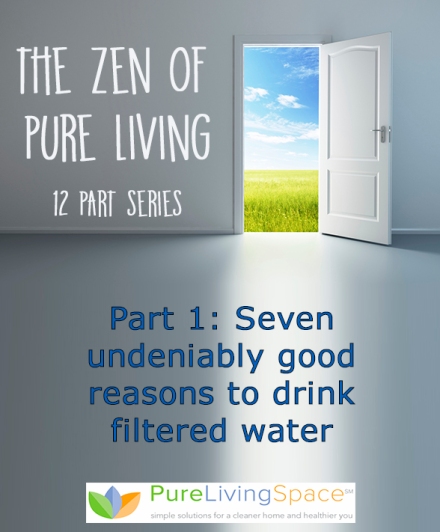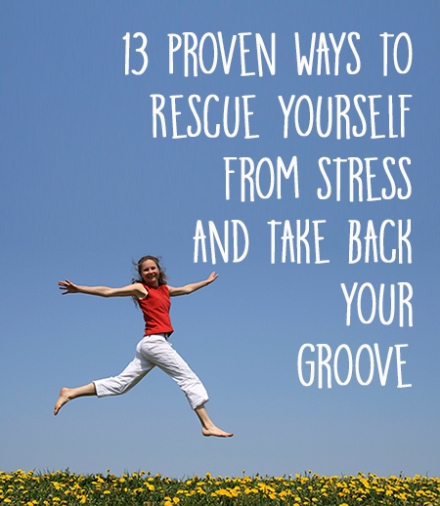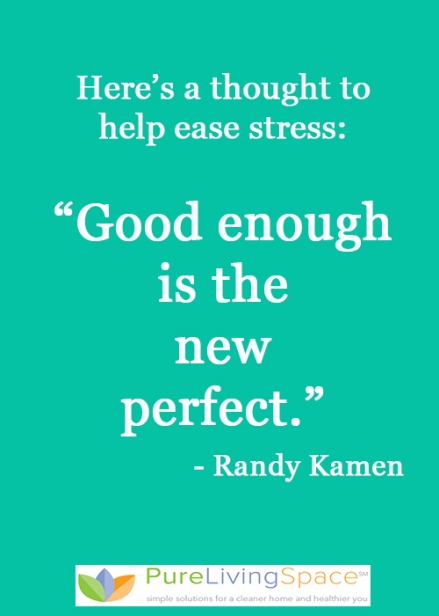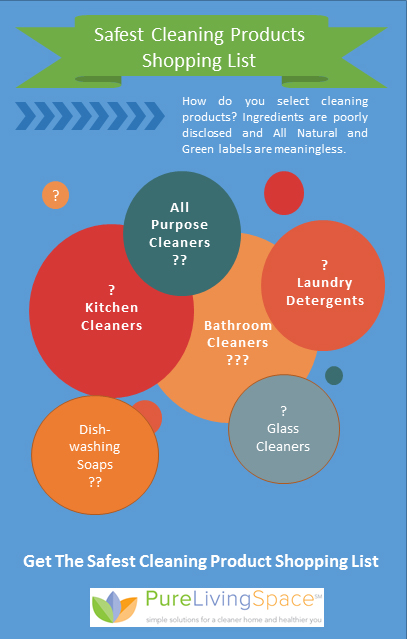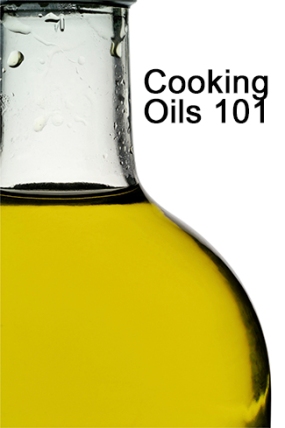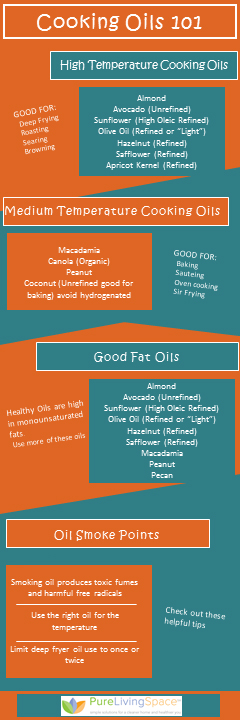Welcome to Week 1 of The Zen of Pure Living.
The first of 12 installments that will help you live healthier and wiser at home. You can rely on this advice because it’s science-based and thoroughly researched.
Let’s start with the basics – clean drinking water.
 Seven Undeniably Good Reasons to Drink Filtered Water
Seven Undeniably Good Reasons to Drink Filtered Water
Sometimes, you worry about what’s in your drinking water. Some of the stories you read strongly suggest that you should filter your water, but you feel like these stories may be exaggerated.
It’s troubling to think that your tap and bottled water may not be safe.
Aren’t regulations in place to ensure the cleanest drinking water?
The answer may surprise you. You may want to start drinking filtered water.
Here are seven good reasons why.
1. Tap water has hundreds of contaminants from a growing list; a lot for a regulatory body to keep up with
Tap water has contaminants from agriculture (pesticides, fertilizers), industrial pollutants, urban runoff chemicals (car emissions, road surfaces, pharmaceuticals, personal care products, flame retardants), and water treatment chemicals (disinfectant byproducts like trihalomethanes & haloacetic acids).
It’s an overwhelming list, isn’t it? Especially since many of these contaminants have been linked to cancer and liver, kidney and nervous system problems.
So what’s the problem? New chemicals are being constantly developed, so the list of contaminants for the EPA to regulate continues to grow.
To see what type of problem this creates, think of what happens in an overcrowded classroom.
Say you’ve got an outstanding third grade teacher who starts the year with a class of 20 students. During the year, the principal sends a new student to his class every week.
How well do you think that teacher is doing by midterm when the class goes over 35? How about spring break when the class is over 45?
Probably not very well. In fact, you can imagine that this outstanding teacher is struggling terribly with a class that is too large and bursting at the seams.
The same situation applies to the EPA and water contaminants. Lots of contaminants, new contaminants piling up on the list and not enough time or resources for studies and regulations.
2. EPA enforceable standards may not be stringent enough
You’re probably not sure what this means. Did you know that the EPA sets two levels for water departments?
You may be wondering how this works.
The EPA sets two contaminant measures-one standard is enforceable while the other is not.
- The unenforceable standard is called the Maximum Contaminant Level Goal (MCLG). The MCLG is set at a level where no adverse health effects are expected.
- The enforceable standard is simply called the Maximum Contaminant Level (MCL) – (this is often set higher than the goal)
Think of the MCLG as considering your health and the MCL as considering your health and the costs of removing contaminants.
As a result, your tap water may have unhealthy levels of contaminants (exceeding MCLG) but still be meeting the enforceable standards (meeting MCL).
It’s a troubling thought, isn’t it?
Your water is not as clean as the EPA experts think it should be for good health because the EPA also factored in the cost of meeting those safety levels.
To get an understanding of how this works, consider arsenic standards.
The EPA classifies arsenic as a known human carcinogen. Its MCLG is 0.00 meaning that to avoid the possibility of adverse health effects, water should not contain any arsenic. However, arsenic’s MCL or enforceable level is 0.01 which allows water supplies to contain arsenic and meet standards.
You’re probably not on board with drinking arsenic–didn’t think so.
3. The EPA does not regulate all pollutants
The EPA does not regulate all pollutants. In fact, in a 2009 study a total of 316 contaminants were detected and 202 of those contaminants had no safety standards. And, the study showed approximately 132 million people in the US had unregulated pollutants in their tap water.
Admit it. You’d much rather have safety standards for more contaminants.
In the 2009 study, only 1/3 had safety levels. Does that seem like enough to you?
4. Your water department isn’t perfect
Your water department may be failing on certain regulatory standards.
People make mistakes. Processes fail. Equipment malfunctions. When these mistakes happen, they can affect a large number of people.
For example, during 2004-2009, EWG reports that water departments serving 53 million people failed to meet the MCL for TTHMS or Trihalomethanes a “likely carcinogen” according to the EPA.
5. Your house plumbing can add contaminants
Your house plumbing may be contributing to contaminants because water pipes can add significant pollutants to your water.
So, as your tap water travels from your water treatment plant into your house, it could be picking up contaminants along with way.
6. Fluoride levels may be too high
Tap water contains fluoride which can cause adverse health effects. A 2006 study of Fluoride in Drinking Water sponsored by the EPA recommended lowering the MCLG due to concerns about increased bone fracture rates and enamel fluorosis in children 0-8 years old. The committee also recommended further study about fluoride’s impact on endocrine (thyroid) and brain functioning.
The MCL and MCLG currently remain at 4 mg/L, an unsafe level according to the committee. For a full copy of the report, click here.
Seems hard to believe, right?
A huge study conducted by many experts from around the country says that the fluoride goal is too high nine years ago, and the goal hasn’t been reset.
7. Bottled water is unregulated
The answer is…you don’t know.
Why? Because the bottled water industry is unregulated. No one is regulating or testing what goes into your bottled water.
And then there’s the problem with plastic waste as well as plastics leaching into your bottled water which makes bottled water even less attractive.
How to get the cleanest water
To get the cleanest water, use a water filter. You can easily install some solutions without a plumber.
Do you need help finding the best water filters? Learn more about water filters and solutions and which water filter solution is right for you.
Want to fast track this? You can find the right water filter type and brand using The Minimalist Guide to Water Filters for unbiased, performance-based recommendations.
Now, you’re armed with the facts about your drinking water, and you know that finding the right solution is pretty easy.
So, what’s stopping you?
Don’t miss the rest of the series! You’ll find out that indoor air is really dirtier than outdoor air and other myths will be debunked. Sign up for weeks 2-12.
Sources:
- 2012 Edition of the Drinking Water Standards and Health Advisories; US Environmental Protection Agency
- Fluoride in Drinking Water: A Scientific Review of EPAs Standards 2006. For full report http://www.nap.edu/catalog/11571.html
- EPA.GOV: Fluoride at a Glance
- Environmental Working Group: Study Finds Hundreds of Pollutants in Nation’s Tap Water, Dec 2009
